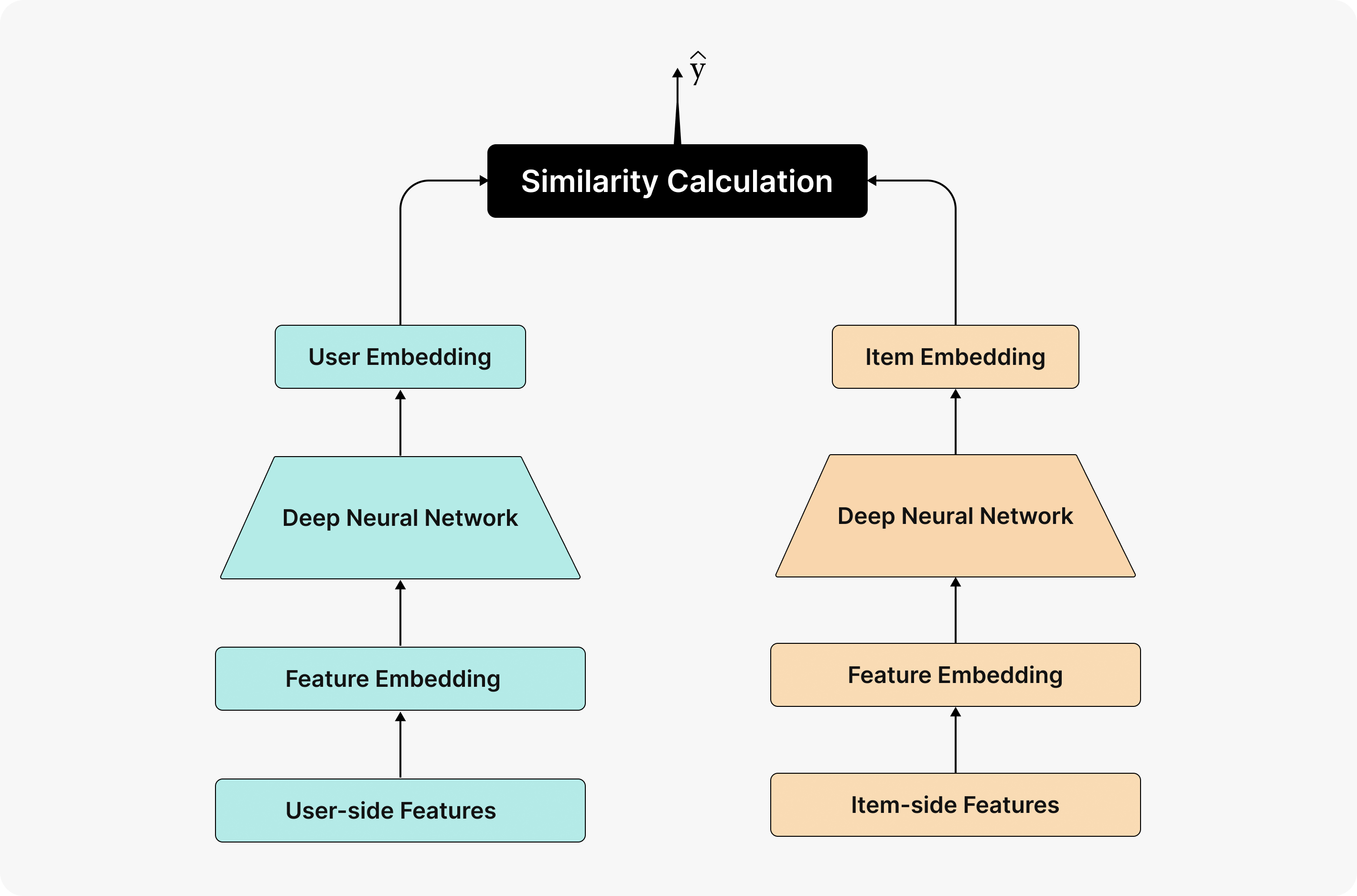[Pond RecSys Model] On-Chain Recommendation System: Making Discoveries & Spread Easier for Everyone
NFT, short for Non-Fungible Token, is a type of digital asset based on blockchain technology. Unlike fungible tokens such as Bitcoin, NFTs have unique characteristics, making each NFT irreplaceable. This makes NFTs ideal for representing unique digital assets like digital artworks, collectibles, and in-game items. In the digital age, NFTs are rapidly transforming the worlds of art, collectibles, and digital assets at an astonishing speed.
With the booming development of the NFT market, millions of NFT works are emerging on various platforms. For both newcomers and seasoned collectors, finding NFTs of interest among a vast selection is no easy task. This brings up a key issue: how can one efficiently discover NFTs that align with their preferences amidst a sea of options?
This is where recommendation systems come into play. By analyzing user behavior and preferences, recommendation systems suggest content that users might find interesting. In traditional e-commerce and streaming platforms like Amazon and Netflix, recommendation systems have already become essential tools for enhancing user experience. The open and transparent nature of on-chain data makes it particularly suitable for user behavior analysis and the development of recommendation systems. Now, Pond has introduced this concept to the NFT space, crafting a personalized digital collecting journey for users. The recommendation system developed by Pond helps users discover potentially interesting NFTs, thereby enhancing user retention and conversion, promoting NFT transactions, and increasing their liquidity.
In a recommendation system, the goal is to analyze users' historical behavior, preferences, and interaction data with items to predict and recommend items that they might be interested in. For an NFT platform like Zora, the construction of a recommendation system can be based on users' transaction behaviors (Mint, Comment) and the characteristics of on-chain NFTs. Given the public and transparent nature of on-chain activities, the model can more accurately understand users' interests and preferences. At the same time, Zora's decentralized environment provides a natural data source for the recommendation system, including on-chain transaction sequences, user behavior patterns, and the transaction history of NFTs.
Pond has developed an efficient recommendation system based on Zora's on-chain data, utilizing a two-tower model (DSSM) architecture to embed users and NFT projects separately, and calculating the match between users and items through cosine similarity. Pond's model is trained on 3 million samples and tested on 300,000 prediction samples. The data comes from Zora's transaction sequences and minting data, incorporating both on-chain user behavior features and NFT project characteristics. The data is categorized as follows:
- User features: For example, the total transaction amount in the past 30 and 360 days, transaction frequency, the number of NFTs held, etc. These features are quantitative descriptions of users' past behavior, reflecting their transaction and minting activities over a certain period. This data helps the model understand the user's activity level, preferences, and transaction habits, allowing it to recommend NFTs that better match their interests.
- Item features: Including NFT trading volume, transaction amounts, and mint frequency. These features provide a quantitative description of the NFTs themselves, helping the model evaluate the popularity and market performance of NFTs. By using this data, the model can identify which NFTs are gaining attention in the market, thus recommending popular or potential items to users.
- Sequence features: The user's recent transaction and minting behavior sequences. Sequence features focus on the chronological order of user actions, providing the model with a dynamic view of the user's recent interests. By analyzing these sequences, the model can identify the artists, styles, or themes the user has recently followed, and then recommend related NFT works.
These features are fed into the deep learning model to generate embedded vectors for both users and items. Pond's model architecture is inspired by YouTube's deep neural network recommendation system (YouTubeDNN) design, adopting a two-tower structure.

- User Tower: Embeds users' behavioral features into a 128-dimensional vector representation. The user tower captures users' transaction patterns, preferences, and the frequency of interactions with NFTs.
- Item Tower: Embeds NFT features into a 128-dimensional vector, representing the characteristics of each NFT project and its market performance.
In the two-tower structure, the match between user and item embedding vectors is calculated using cosine similarity, which is then used for recommendation ranking. This allows the model to recommend NFT projects that are most likely to interest users based on their preferences.

Pond adopts the negative sampling technique to enhance the model's discriminative ability by using NFTs that users have not interacted with as negative samples. Additionally, large-scale ANN retrieval technology is employed for fast candidate selection, supporting NFT project recommendations at a million-scale level. The model's training is fine-tuned using different learning rates and batch sizes, with the final choice being the combination of parameters that delivered the best results.
The performance of the Pond model is evaluated using metrics such as AUC and precision. Experimental results on the validation set show:
- AUC: Reached a maximum of 0.888, demonstrating strong predictive performance.
- precision@10: Reached 70.43%, indicating that 70% of the top 10 recommended items are of interest to and interacted with by users.
The recommendation system developed by Pond based on Zora's on-chain data showcases the powerful potential of recommendation systems in Web3 scenarios. By integrating the two-tower model, negative sampling, and ANN technology, the model efficiently recommends within a million-scale NFT project pool with significant effectiveness. The recommendation system not only enhances user engagement but also directly drives commercial benefits for the platform. The combination of blockchain platforms and recommendation systems will undoubtedly become a key development direction in future Web3 applications.
Updated about 1 month ago
